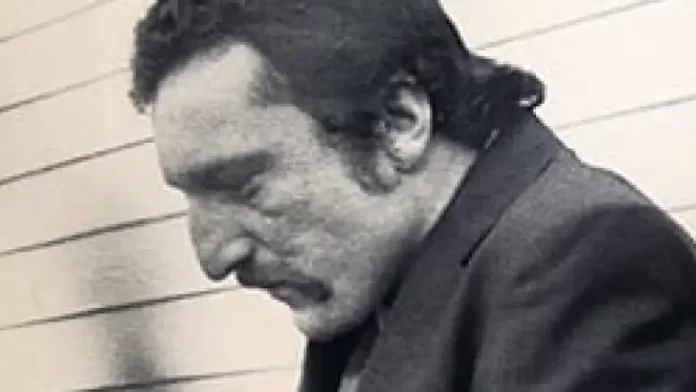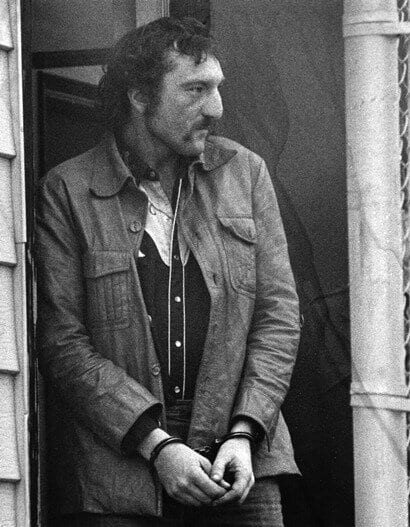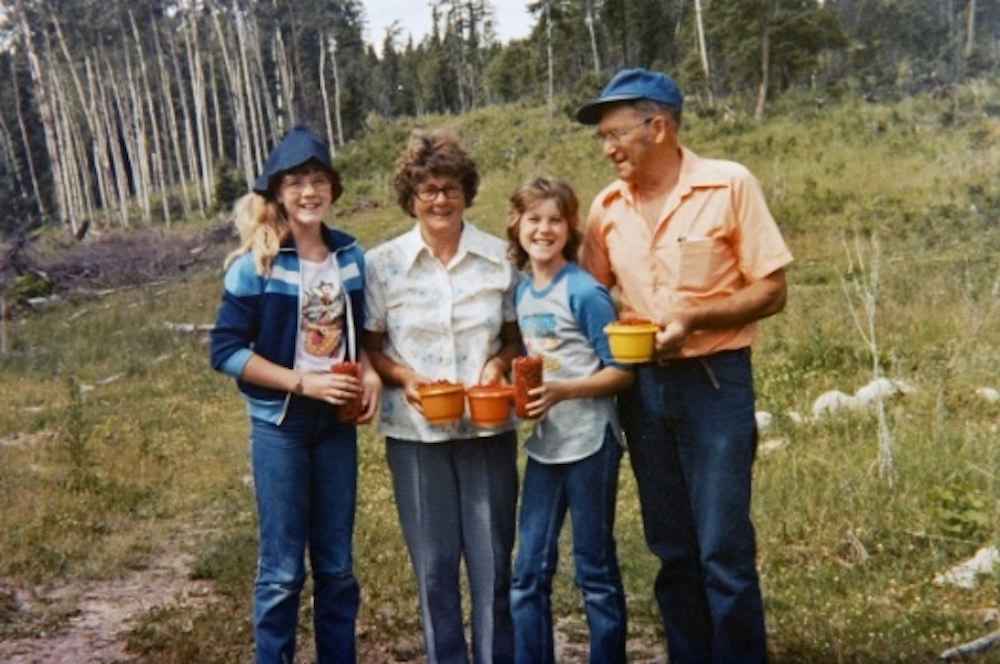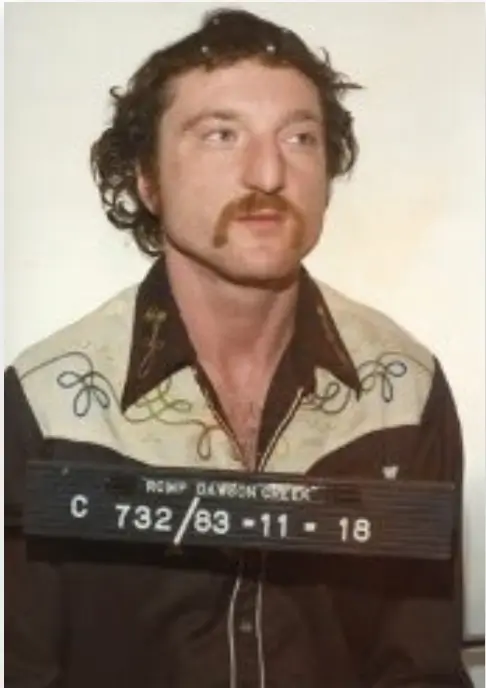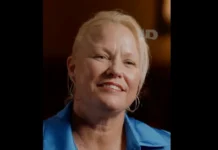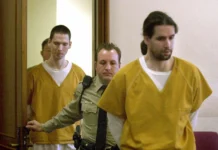Where is Mass Murderer David Shearing aka David Ennis Now? – David Shearing killed a family of six in their entirety in the Wells Gray Provincial Park Murders in August 1982 while they were camping in the Clearwater Valley close to the park, which is located about 120 kilometres (74.6 miles) north of Kamloops in British Columbia. Although the term “Wells Gray Murders” was created by the media because that is where the human remains were discovered, the murders actually took place elsewhere, including Fage Creek, which is located 18 kilometres (11.2 miles) north of Clearwater and 18 kilometres (11.2 miles) south of the Wells Gray Park entrance on Clearwater Valley Road. In 2018, the tale was presented in The Detectives, Episode 1 of the CBC television series.
“The Case That Haunts Me: Murder Round the Campfire,” an episode on Investigation Discovery, tells the story of David William Shearing, now known as David Ennis, a mass murderer who was found guilty of six counts of second-degree murder. He reportedly imprisoned the two little girls after killing the elders and sexually assaulted them for about a week before killing them as well, killing all three generations of the family.
The episode briefly summarises the horrifying crimes, the extensive investigation, and the monster that carried them out. Who is this David Shearing, then? Let’s investigate.
Read Also: Daniel Sorensen Murder: Where Are Alex Letkemann and JP Orlewicz Now?
Who is David Shearing?
David William Shearing was a decent family man who was born in 1959. David was the brother of a sheriff and had completed a heavy mechanics course in high school. His late father worked as a jail guard. He had a history of legal troubles and had previously been detained for DUI, drug possession, and violence.
To visit their maternal grandparents, George, 66, and Edith Bentley, 59, Bob Johnson, 44, his wife Jackie, 40, and their two daughters Janet, 13, and Karen, 11, made the trip to Wells Gray Park, British Columbia, on August 2, 1982. The retired Bentleys recently acquired a 1981 Ford Camper Special because they enjoy camping. The family’s three generations had organised an exciting two-week camping trip, complete with a 10-foot aluminium boat that they had tethered to the top of their camper.
Bob’s coworkers became concerned when he didn’t show up for work at Gorman Brothers Lumber in Westbank on August 18, 1982, as scheduled. Bob hadn’t missed a day of work in the previous two decades, and the family was reported missing a week later. The family had last spoken to one of Edith’s other daughters on August 6, 1982, according to the police investigation. The campers and their two cars went missing, and the police launched a thorough search of Wells Gray Park, but they were not found for nearly a month.
They eventually located Bob’s car on September 13, 1982, thanks to a tip from a mushroom picker. Four adult remains were found among the blazing glass and metal of the burned-out car. A.22 calibre shotgun had been used to shoot each of them. The two little children were discovered to be crammed inside the vehicle’s trunk, which was the investigating officers’ most disturbing discovery. Only the remains of their skulls could be seen since they had been burned so badly. Their killer most likely used an accelerant to create the high heat.
While some officers were locating the campsite around 20 miles from where Bob’s car was discovered, the police started looking for the Ford Camper. In addition to helicopters and thousands of posters, law enforcement officers drove a copy of the camper truck around a region of the country where many witnesses said they had seen such a vehicle. There was also a $7,500 prize offered for information regarding the truck.
Two forestry workers discovered the burned-out camper on Trophy Mountain, some distance from the crime scene, more than a year later. Since it was practically hard for outsiders to be familiar with the confusing network of logging roads in the area, the camper’s position led the authorities to believe that the murderer likely came from the Clearwater area. In addition, the authorities received approximately 13,000 tips about the potential murderer, but David William Shearing stood out. The 23-year-old had a lengthy criminal history and a violent past, allegedly beating up the victim after being engaged in a hit-and-run fatality the previous year.
David was also a native of the Clearwater region, having grown up on his parent’s ranch and familiar with many local parks and roads. The police learned that David had been trying to patch a hole in a Ford camper’s door and asking questions about how to re-register it, which provided the most important lead. The fact that the camper truck had a bullet hole in its door and the detectives finally had their guy, according to reports, was never made public.
Where is David Shearing Now?
David broke down and confessed his heinous deed to the police when he was taken in for official questioning. David was detained on November 19, 1983, and six counts of second-degree murder were brought against him. On April 16, 1984, he entered a plea of guilty to all charges and was given six concurrent life sentences with no chance of parole before serving 25 years. For the first time in the nation’s history, the maximum punishment was meted out to a murderer who had been found guilty in the second degree.
David did not disclose the real nature of the murder until after the trial: on August 10, 1982, he stalked and killed the victims while keeping Janet and Karen alive. Before murdering Janet on August 16 with his.22-caliber Remington Model 572 pump-action rifle, the murder weapon, and Karen the following day, he sexually harassed them for a week.
David first met the criteria for early parole in 1999 after completing 15 years of his sentence, but the parole board rejected his request. He later reapplied in 2008 and 2012 but still got turned down. He apparently dropped his 2014 application before the trial. In September 2021, his parole request was once more rejected because he still had “deviant sexual desires.” David, who had changed his identity to David Ennis, was serving a sentence in the Bowden Institution in central Alberta as of September 2021. He was in his mid-60s.


